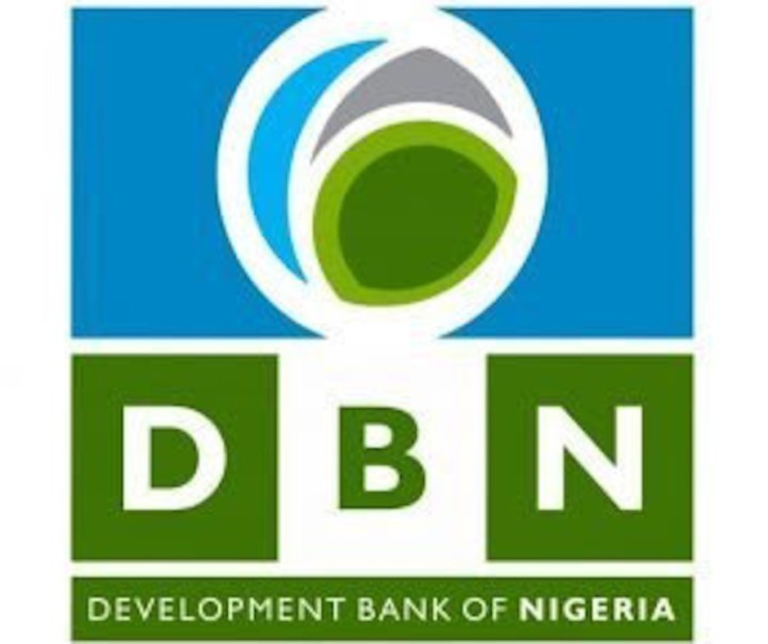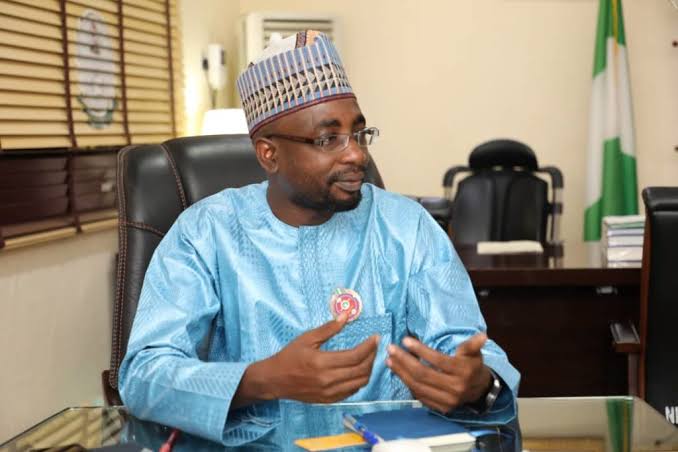In 2024, Togo’s government secured new external financing totaling 568.9 billion CFA francs, with 98.9% sourced from multilateral institutions such as the World Bank, IMF, and BOAD. This strategy aligns with the national policy of increasing reliance on multilateral partners and prioritizing concessional loans, which offer more favorable terms for cost-effective resource mobilization. A sectoral breakdown indicates that public finance, energy, and the digital economy are the primary beneficiaries of these commitments. Specifically, 35% of the external funds were directed towards public finance to support structural reforms and budget consolidation, while 23% was allocated to energy to enhance electricity access and grid stability.
The digital economy received 11% of the funding, underscoring its importance in Togo’s digital transformation efforts. Other sectors, including social, agricultural, administrative, and infrastructure, received between 3% and 8% of the total financing. Amid rising pressures on external funding, Togo has opted to borrow for investments aimed at economic modernization, focusing on critical sectors for future growth while ensuring fiscal sustainability.
By the end of 2024, Togo’s public debt reached 4,217.7 billion FCFA, representing 69.2% of GDP, an increase from 66.6% in 2023.






